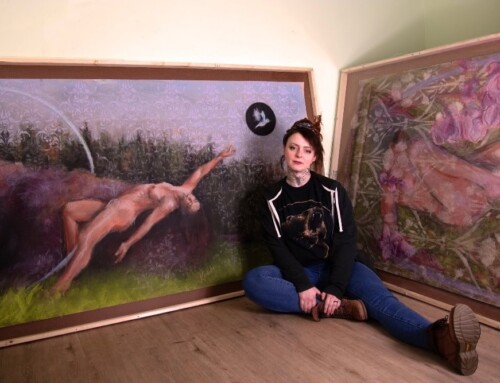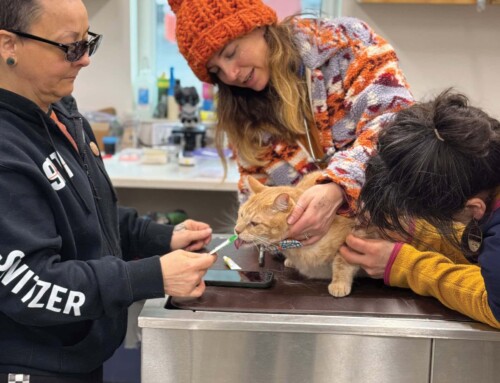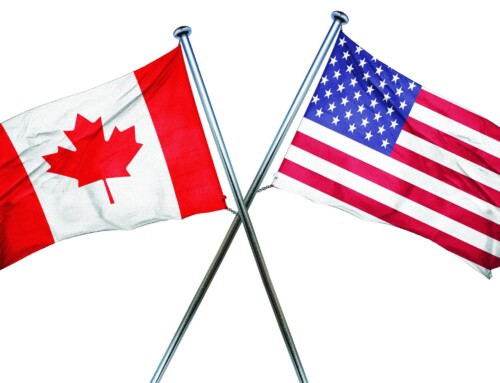It’s a clear, bright afternoon as a small white boat packed with six people glides up the turquoise waters of the Taiya Inlet.
As they approach the remnants of the ill-fated Dyea wharf, a man standing at the bow with a paddle skims the bottom of the estuary to bring the skiff close to shore.
A few men jump out into waist-deep water, and begin to unload their gear, piling a couple parcels high on their shoulders.
“It’s quite balmy out,” one man exclaims while wading ashore.
They make many trips back and forth, unloading objects that will sustain them on their trek up the mountains towering above them.
These men are here to retrace the steps of history.
They will hike the same path that 100,000 men took on their way to seek fortune in Dawson City of the Yukon Territory during the Klondike Gold Rush of 1898.
Their journey retracing the steps of the two-year long, gold-dust coated frenzy will be the subject of a three-part television series currently being filmed by the British Broadcasting Channel.
“We’re retracing the Klondike Gold Rush route,” said Director Stef Buonajuti. “Basically investigating what it was like back in those days.”
The show has been in development for two years, and after such in-depth planning, the crew has finally hit the trail to film the adventure.
Although most aspects of the show won’t be down to the exact conditions of the trails or the gear from 1898, the production hopes to incorporate as many details as possible.
“We’re bringing in a bunch of props for them to try. For example, we’ve got a ruck sack from those days made out of wood and a canvas sack,” Buonajuti said. “They’re going to be trying the old-fashioned First Nation snow shoes.”
The show will follow three presenters as they take the same steps as prospectors did over 100 years ago. Two will be hiking the Chilkoot Trail and another one will journey up through the White Pass Trail, parts of which have been left undisturbed for the past 120 years.
The show has an ambitious itinerary, with filming occurring over the course of 24 days using 23 different cameras.
“Once they get to the other side of the Chilkoot, we’ve got a 1890s style boat made out of raw timber that they’re going to take down Lindeman Lake, down the rapids into Bennett to Carcross, and then we’re going to drive to a vehicle from Minto, and then they’ve got to paddle from Minto to Dawson City,” Buonajuti said.
Aside from the adventurous aspect of the production, Buonajuti said she looks forward to the deeper psychological meaning of retracing the steps of the gold rush.
“I think it’s an experiment on understanding how much people were really willing to go through to get to the other side,” Buonajuti said. “Most people didn’t have the gear, didn’t have any qualification or expertise, they didn’t have that many people other than the First Nations to guide them on the paths.”
The series is scheduled to air later this year in three, one-hour installments in the United Kingdom with the hope of making it across the pond onto American televisions sometime in 2017.
The BBC is just one of few major broadcasting channels to stop in Skagway this year.
The Consumer News and Business Channel filmed an episode of Blue Collar Millionaires in town earlier this year.
“Their focus for Skagway was actually to follow a Skagway resident who harvests woolly mammoth tusks and is involved in the fossilized ivory trade,” said Skagway Tourism Director Cody Jennings.
The Travel Channel will be in town in June to shoot a five-minute segment on water activities in Skagway as part of an hour-long television show about aquatic sports in Alaska. In October, The Discovery Channel’s Gold Rush Alaska will film a sequence of a miner hiking over the Chilkoot Trail.
“It’s great coverage for us.” Jennings said. “I think there’s still some misconceptions about traveling to Alaska, so I think that any of the showcases that can show our history or what we have to offer as a travel destination is really amazing.”





Leave A Comment